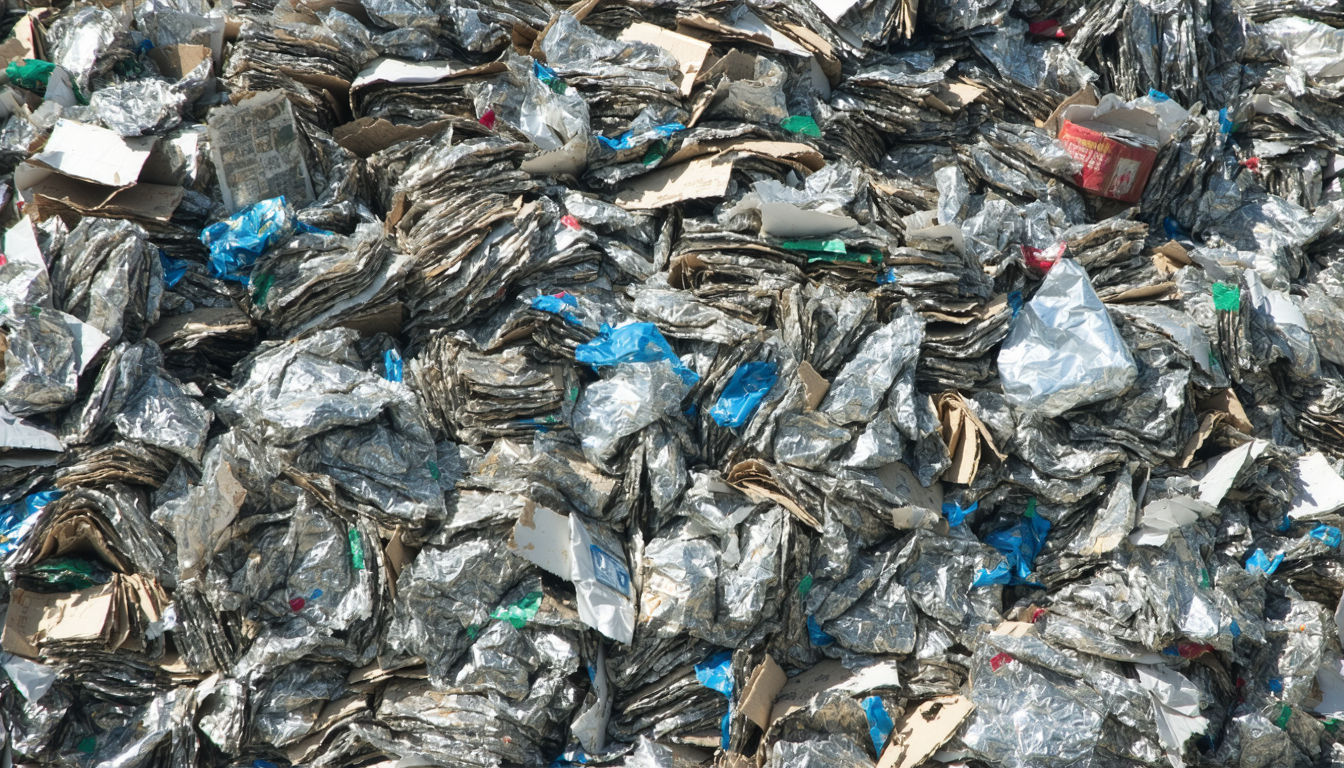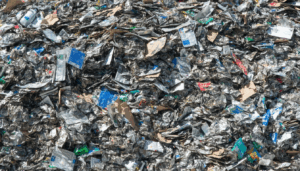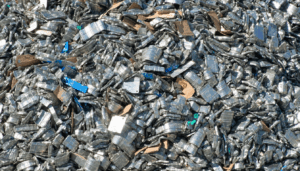Introduction
Metal recycling in the United States is experiencing a significant upswing, driven by growing environmental awareness and economic incentives. As industries and policymakers push for sustainable practices, the metal recycling sector has become a cornerstone of the circular economy. This article explores the latest developments in U.S. metal recycling, including rising recovery rates, technological advancements, and policy shifts. From the impact on local economies to future sustainability goals, we delve into why this industry is more critical than ever in 2023.
Metal Recycling Boom: Current State in the U.S.
The U.S. metal recycling industry has seen remarkable growth in recent years. According to the Institute of Scrap Recycling Industries (ISRI), over 40 million metric tons of ferrous metals, such as steel and iron, were recycled in 2022 alone. Non-ferrous metals like aluminum, copper, and brass also contributed significantly, with recycling rates for aluminum cans reaching 54.2% last year.
This surge is fueled by heightened demand for raw materials amid global supply chain challenges. Recycling not only conserves natural resources but also reduces landfill waste. The Environmental Protection Agency (EPA) notes that recycling one ton of steel saves 2,500 pounds of iron ore and cuts greenhouse gas emissions by 86%.
Technological Innovations Driving Efficiency
Advancements in technology are transforming how metal is processed and recovered. Automated sorting systems using artificial intelligence and robotics have improved the accuracy of separating metals from mixed waste streams. These innovations have boosted efficiency at recycling facilities across states like California and Texas.
According to Dr. Emily Carter, a materials science expert at Stanford University, “New sensor-based sorting technologies are a game-changer for metal recycling. They allow us to recover high-purity materials at lower costs.” Such tools are helping small-scale recyclers compete with larger operations, leveling the playing field.
Economic and Community Impacts
The ripple effects of metal recycling extend beyond environmental benefits. The industry supports over 500,000 jobs nationwide, from collection to processing roles. In states like Ohio and Pennsylvania, where steel production is prominent, recycling plants have revitalized local economies by providing stable employment.
However, challenges remain. Fluctuating global metal prices can impact profitability for recyclers. Small businesses often struggle with the high costs of upgrading equipment to meet stricter environmental regulations.
Policy Shifts Shaping the Future
Government policies are playing a pivotal role in shaping U.S. metal recycling. In 2023, several states introduced incentives for businesses adopting sustainable practices. For instance, New York launched a grant program offering up to $50,000 for recycling infrastructure upgrades.
At the federal level, discussions around the Infrastructure Investment and Jobs Act include provisions to fund recycling initiatives. These measures aim to increase domestic metal supply chains, reducing reliance on imports. While some industry leaders praise these efforts, others argue that more comprehensive legislation is needed to address illegal scrap exports.
Significance and Future Outlook
The rise of metal recycling signals a broader shift toward sustainability in American industries. It addresses critical issues like resource scarcity and climate change while fostering economic resilience. As consumer demand for eco-friendly products grows, companies are under pressure to incorporate recycled materials into their supply chains.
Looking ahead, experts predict that recycling rates could climb further with continued investment in technology and education. However, balancing economic viability with environmental goals remains a challenge. Both supporters and critics of current policies agree that collaboration between government, industry, and communities will be essential.
In conclusion, metal recycling in the U.S. stands at a pivotal moment in 2023. With record recovery rates, innovative technologies, and supportive policies, the sector is poised for growth. Yet, addressing economic hurdles and ensuring equitable benefits will determine its long-term success.
Frequently Asked Questions (FAQs)
- What types of metals are most commonly recycled in the U.S.?
Ferrous metals like steel and iron dominate, alongside non-ferrous metals such as aluminum, copper, and brass. Aluminum cans and scrap steel from construction are particularly prevalent. - How does metal recycling benefit the environment?
It reduces the need for mining new ores, cuts energy use, lowers greenhouse gas emissions, and minimizes landfill waste. - What challenges does the U.S. metal recycling industry face?
Key issues include fluctuating metal prices, high equipment costs, regulatory compliance expenses, and competition from illegal scrap exports. - How can individuals contribute to metal recycling efforts?
People can recycle household items like cans and appliances at local centers, support products made from recycled materials, and advocate for community recycling programs. - Are there financial incentives for businesses to recycle metals?
Yes, several states offer grants or tax breaks for companies investing in recycling infrastructure or adopting sustainable practices.
This comprehensive look at U.S. metal recycling highlights its vital role in shaping a sustainable future while addressing immediate economic and environmental needs. As the industry evolves, staying informed will be key for stakeholders at every level.





